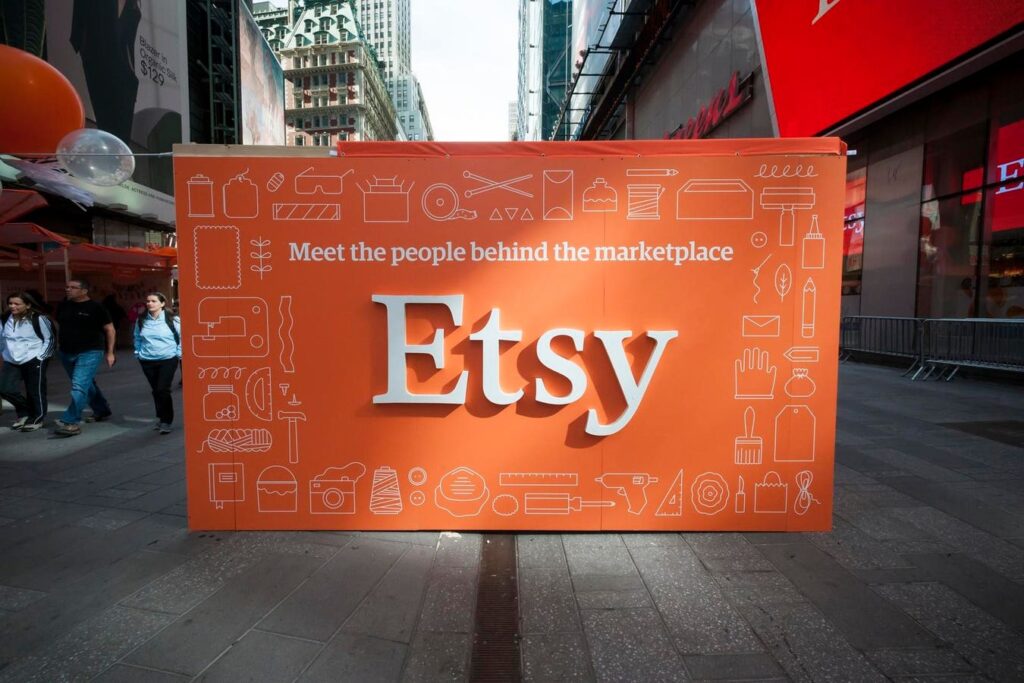Etsy is betting tariffs could bring new customers to the platform. It could use them.
The company, a $4.4 billion (market capitalization) marketplace for handmade and vintage goods, reported first-quarter earnings Wednesday morning that missed Wall Street estimates by a wide margin. It lost 49 cents per share, versus expectations of a 47 cent profit, according to FactSet. It was Etsy’s first negative EPS since the third quarter of 2022.
Now it’s leaning into what it sees as a relative strength: about half the products on the site are sourced from the U.S. The online marketplace, which had 5.4 million active sellers at the end of March, is promoting tools that help buyers filter for locally made goods. The company sees tariffs as a possible tailwind and a way to stand out against import-heavy rivals like Temu and Shein that have already announced price hikes in response to President Trump’s tariffs.
Besides its flagship Brooklyn-based operation, Etsy also owns Chicago’s Depop, a popular “secondhand” fashion market. Virtually all of Etsy’s sellers are micro or small businesses. The company has disclosed in the past that about 90% source their supplies domestically. That gives Etsy flexibility and helps avoid overseas supply chain shocks. “Etsy’s relative value may get better particularly against sites who have a lot of their products sold made in China,” CEO Josh Silverman said on the company’s earnings call.
That message may be well-timed, but it’s too early to see any positive results. The earnings report, which tracks the first three months of the year, ended before any major tariff changes took effect. Etsy’s core marketplace sales fell 8.9% year-over-year. Buyer frequency declined. So did the number of active buyers.
Silverman emphasized Etsy’s appeal isn’t based on price alone. “It may not be the cheapest place to buy something. It may not be the place that ships the fastest,” he said. “But we have things that are really compelling and really different from everyone else.”
One way Etsy, whose market cap soared to more than $37 billion during the pandemic, plans to stand out again is by making it easier to shop American. The site now lets users filter by items made in the U.S., a feature the company says is designed to highlight its domestic sellers and help buyers avoid tariff-driven price hikes. Whether that moves the needle won’t be clear until next quarter.
Revenue beat expectations slightly, with $651.2 million in sales versus a consensus of $641.6 million. Still, investors weren’t impressed. Shares were down 8% as of 12:40 p.m. in New York versus a 1% decline in the S&P 500 Index.
Read the full article here











